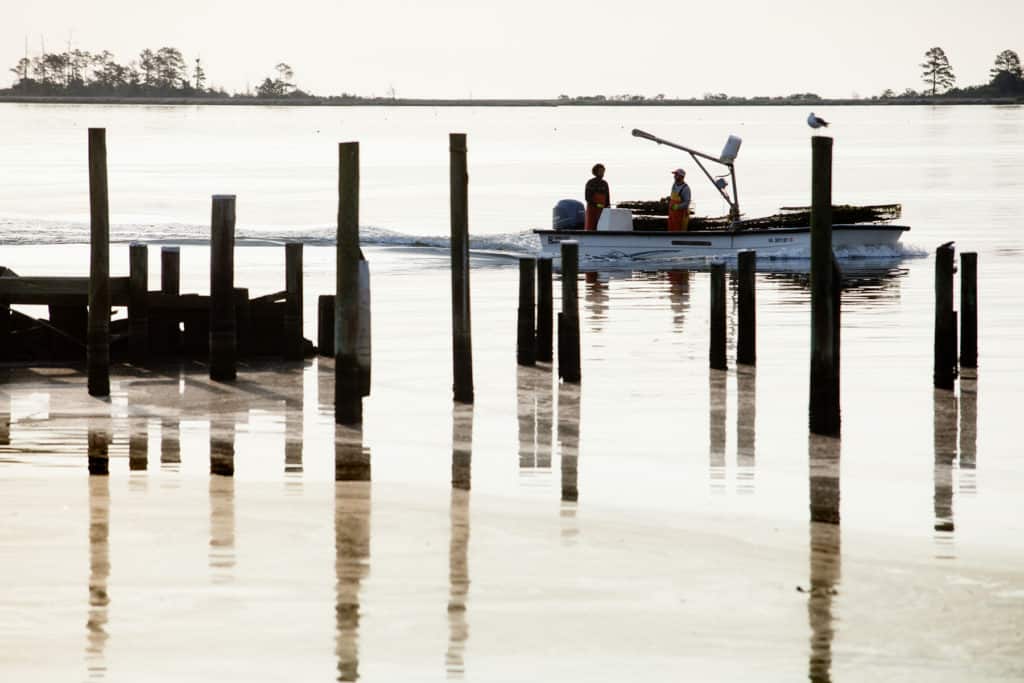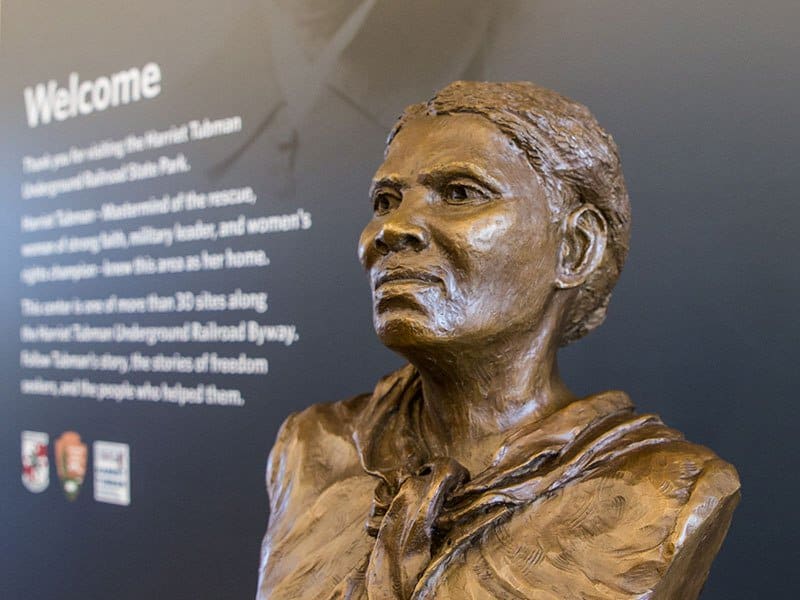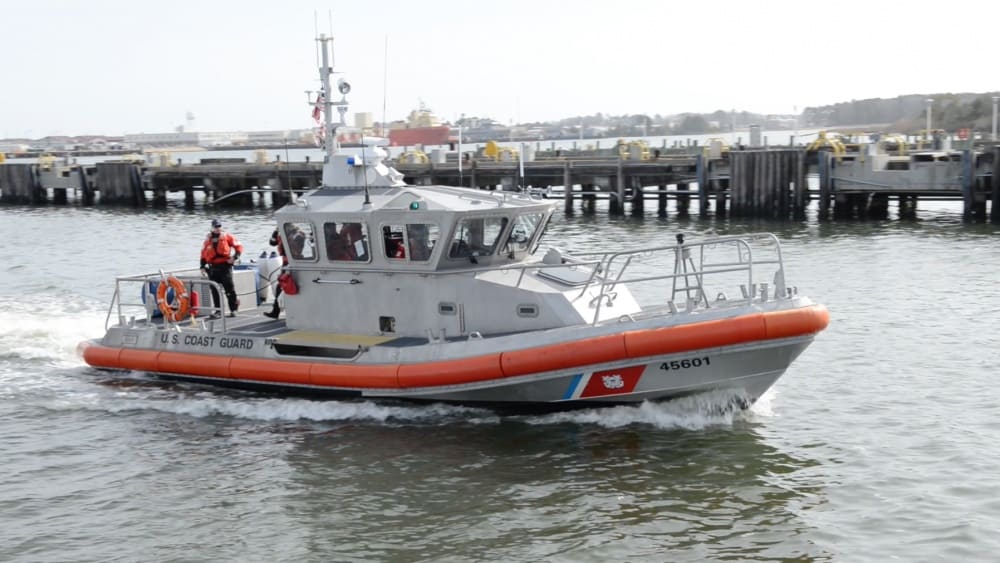The Chesapeake Bay Program has announced that water quality in the Chesapeake is the best it’s been since monitoring began in 1985. But there’s a dark shadow over the Bay’s big gains, as the Bay Program stands to lose nearly all of its federal funding.
Experts at the Chesapeake Bay Program, the Environmental Protection Agency’s regional partnership for Bay restoration, gathered and analyzed the clean water data. They found an estimated 42 percent of the Bay and its tidal tributaries met clean water standards for clarity (based on underwater grasses), dissolved oxygen, and reductions in algae growth. It’s a five percent improvement over the last assessment, breaking the previous water quality record set in 2017. Researchers say the boost comes from reductions in chlorophyll-a (an algae growth indicator) and increases in underwater grasses and dissolved oxygen on the open waters of the Bay.
The Chesapeake Bay Program says it’s a sign that efforts to reduce nutrient and sediment pollution are working. From October 2016 to September 2017, sediment in the water decreased by 14 percent, phosphorus by seven percent, and nitrogen fell by 0.4 percent. The report recently published in Science of the Total Environment is based on data gathered before 2018, so that year’s record rainfall and heavy water flow may still impact more recent water quality. Those data are being collected now.
Still, a significant, overall positive trend in water quality is a key step to restoring the Bay. Too much sediment and nutrients are one of the leading causes of the Bay’s poor health. Nitrogen and phosphorous can fuel algae blooms that choke the Bay’s creatures of oxygen. And sediment can block sunlight from reaching underwater grasses and suffocate and bury shellfish.
Now for the bad news: The Bay Program, currently funded at $73 million will lose 90 percent of its funding under President Donald Trump’s proposed fiscal 2020 budget. Bay Bulletin first told you what’s at stake in the federal budget proposal two weeks ago.
Without funding, the coordinated multi-state effort to combat pollution would flounder, and scientists say it’s possible that water quality would backslide.
This week, Maryland Governor Larry Hogan is pressing Congress to block the president’s deep budget cut, as it has in each of the last two years. In a letter to Congressional leaders, Governor Hogan goes a step further, urging them to not only oppose the “devastating cuts,” but to boost federal funding from $73 million to $90 million.
“Today we stand at a critical juncture, with our goal of clean water by 2025 in sight,” writes the Governor. “Increased federal support is key to sustaining the steady gains of recovery we are now seeing, and ensuring progress and success well into the future.”
To read Governor Hogan’s letter in its entirety, click here.
As the Chesapeake Bay Program’s new report points out, the record-best water quality is still only present in 42 percent of the Bay. That means 58 percent of tidal waters are still considered impaired.
“We must continue the good work! While we have made a lot of progress, there still a lot more work to do to achieve that 100 percent water quality attainment,” says Dinorah Dalmasy, Co-Chair of the Chesapeake Bay Program Water Quality Goal Implementation Team and Program Manager for the Maryland Department of the Environment.
Next up for the Chesapeake Bay Program is the 2017-18 Bay Barometer: Health and Restoration in the Chesapeake Bay Watershed, to be released in early April, which aims to explain how the Bay ecosystem and watershed are responding to restoration efforts. Bay Bulletin will stay on top of those findings.
-Meg Walburn Viviano




